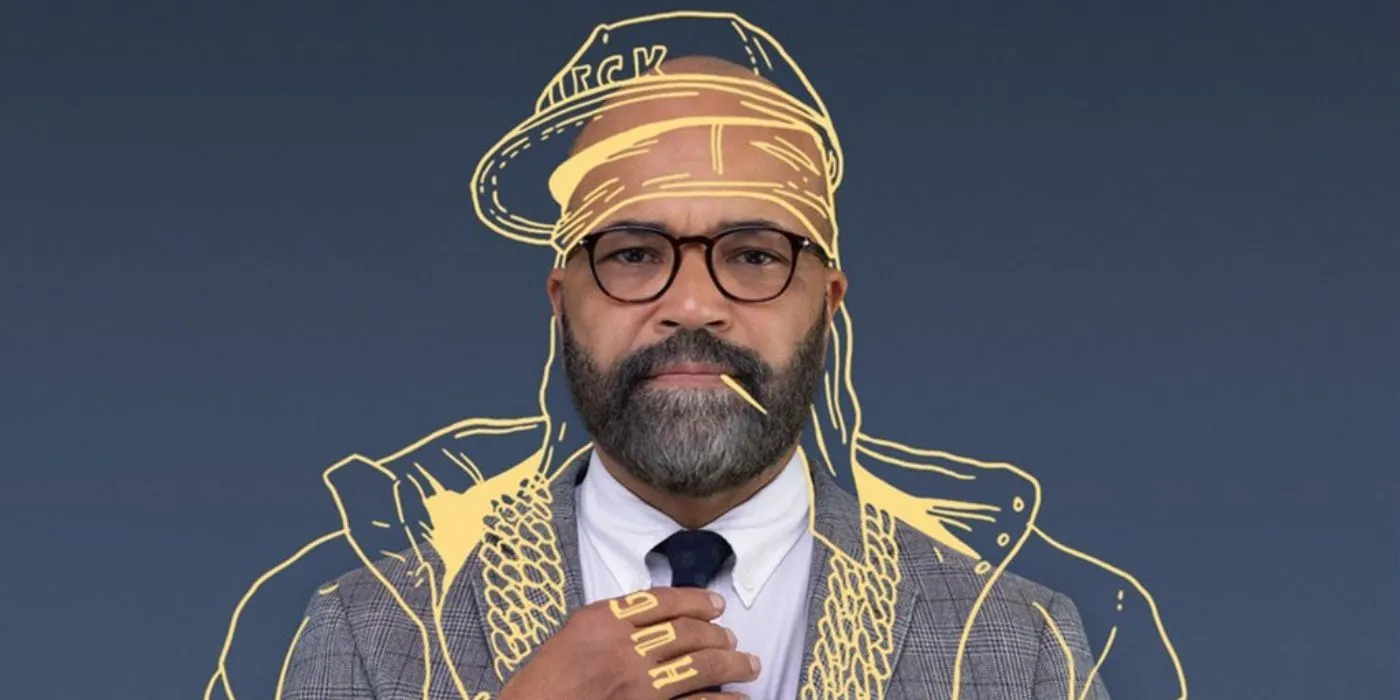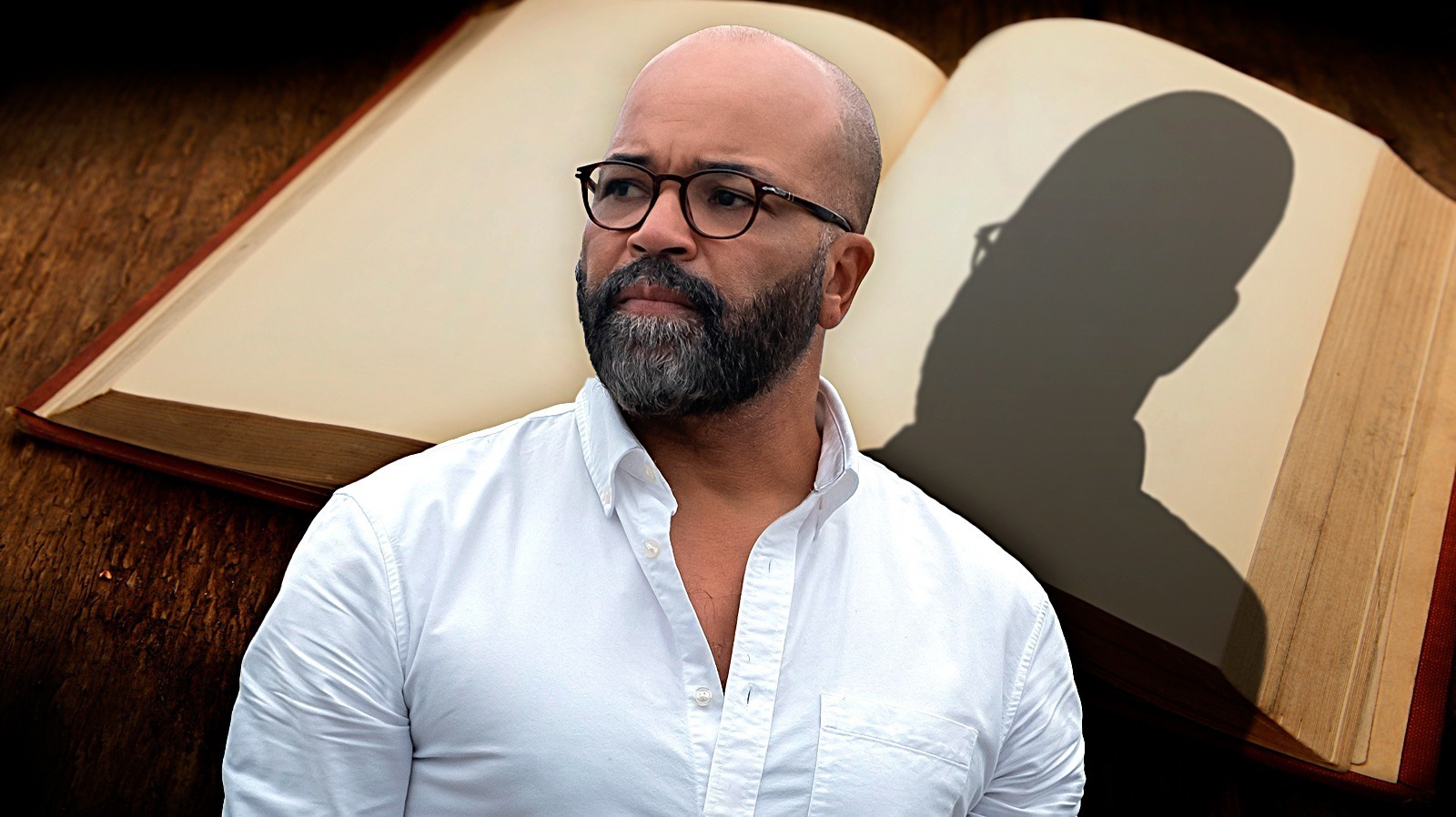Cord Jefferson makes his directorial debut with American Fiction, a film adapted from Percival Everett’s novel Erasure. The movie delivers a sharp and often satirical take on media, literature, and the way Black artists’ work is perceived.
Receiving five Academy Award nominations, the film features Jeffrey Wright in the lead role and has earned recognition in categories such as Best Actor for Wright, Best Supporting Actor for Sterling K. Brown, and Best Picture.

Jeffrey Wright takes on the role of Thelonious “Monk” Ellison, an intellectual author and professor whose critically acclaimed novels have failed to achieve mainstream success. His latest manuscript is rejected by publishers because it isn’t “Black enough.”
Frustrated by this, he observes the popularity of a novel by Sintara Golden, We’s Lives in Da Ghetto, which leans heavily into stereotypical depictions of Black life.
While dealing with personal challenges and the start of a new relationship, Monk decides to write a book under a fake identity, “Stagg R. Leigh,” an escaped convict, crafting a story filled with themes of gang violence and drugs to mimic what he sees as a formula for commercial success.
How American Fiction Presents Multiple Endings
Before its final moments, American Fiction suddenly introduces different possibilities for how the story could conclude. The film follows a relatively straightforward path until it reaches its climax. As Monk continues balancing his personal life with the fabricated persona of Stagg, he finds himself overwhelmed.
His book, initially written as a joke to mock writers like Sintara Golden, becomes a massive hit, bringing him both financial success and critical acclaim. To his astonishment, he even wins an award for the work.
As he walks onto the stage to accept the honor, he makes a shocking statement—announcing that he has a confession to make—before the screen abruptly fades to black. At this point, the movie changes to a completely new scenario.
Monk is now on a film set, working alongside a producer named Wiley (played by Adam Brody), discussing how best to conclude the film they are making. Viewers of American Fiction are meant to understand that this film within the film represents the very story they have been watching all along.
Monk proposes ending the film with a sudden cut to black, but Wiley argues that this level of ambiguity won’t draw audiences to theatres and pushes for a more direct conclusion. Monk suggests an alternative—a romantic ending where his fictional self reconciles with Coraline by apologizing to her.
Wiley rejects this, arguing that it resembles a formulaic romantic comedy. As frustrations rise, Monk puts forward another idea: his fictional counterpart steps onto the stage to claim Stagg’s award, only for the police—who expected to arrest a fugitive—to misinterpret the situation.
They assume he is armed and fatally shoot him. Though Monk sees this as yet another instance of exploitation, Wiley is thrilled by the concept and declares it the film’s true ending.
How the Ending of American Fiction Reframes the Whole Movie
The final moments of the film reshape the meaning of everything that came before it. By revealing itself as a movie within a movie, American Fiction forces audiences to question what parts of the story happened and which were mere fabrications.
The film Monk and Wiley are working on is a dramatized version of real events that Monk experienced—where he, tired of the publishing industry’s expectations, wrote a satirical novel to prove a point.
Although American Fiction already contains multiple layers of self-awareness, its final twist suggests that Monk has come to terms with the commercial realities of storytelling and has willingly sold his experience to Hollywood for financial security.
The movie doesn’t just tell a story; it challenges viewers to consider how media influences emotions and perceptions. American Fiction constantly plays with expectations, presenting exaggerated elements like over-the-top film producers, dramatic family conflicts, and perfectly timed one-liners.
This mirrors the very stereotypes Monk despises in literature, showing how entertainment often caters to audience expectations rather than authenticity.
Why the Ending of Monk’s Movie Matters
Monk’s decision to sell his story to Hollywood carries deep implications for his character and the themes of the film. The staged ending—where his fictional self is shot dead at the award ceremony—directly reflects the stereotypes he initially sought to criticize through his book.
Although Monk and Wiley’s film was intended to expose these clichés, Wiley focuses on marketability rather than meaning, embracing a tragic ending for its commercial impact.
Monk, however, despises this outcome. To him, it represents the same issue he faced with literature: the idea that a “Black story” is only considered valid when it contains trauma and sensationalism.
In the same way, that his original book was deemed not “Black enough” by publishers, his film’s ending is manipulated to fit mainstream expectations, reinforcing the very stereotypes he set out to challenge.
Do Coraline & Monk Get Back Together?
Monk damaged his relationship with Coraline earlier in the film. When Monk realizes that Coraline is reading the Stagg novel, his reaction is immediate and harsh. He criticizes her for enjoying the book, revealing a long-standing issue in his life—his inability to truly connect with those around him.
This same struggle has affected his relationships and family ties for years. Coraline reacts strongly to his outburst, asking him to leave. In Monk’s movie, however, he makes an effort to reconcile by texting her an apology and inviting her to the award ceremony.
She attends, but the real Monk later reveals to Wiley that in reality, she never replied to his messages. While there is always a possibility that they could reconnect, the likelihood of Monk and Coraline rekindling their relationship remains uncertain.
Cord Jefferson & Jeffrey Wright’s Thoughts on American Fiction’s Ending
Both the director and lead actor of American Fiction have spoken about their interpretations of the movie’s final moments. Cord Jefferson, the film’s director, shared his perspective on Monk’s evolution. He describes Monk as someone who initially sees himself as above others, believing that they are engaging with art in the wrong way.

Speaking with Refinery29, he explains Monk’s eventual self-realization: “He finally understands that being angry at these people around him is pointless. These individuals are simply operating within a system that existed long before any of us.”
Jefferson sees the conclusion of American Fiction as a moment of awareness for Monk—accepting that rather than criticizing the system from the sidelines, he has to find his way to function within it. Jeffrey Wright, who plays Monk, also shared his interpretation in an interview with USA Today.
He suggests that Monk has come to terms with “what you need to do to live a creative life.” Wright also highlights a brief but meaningful moment at the end of the film—Monk’s silent nod to an actor dressed in a slave costume on set.
He explains that this is Monk acknowledging reality: “This is what people are offering you, and it doesn’t take away from your talent. So when Monk gives a wave and a nod, it’s his way of saying, ‘I see it.’ It marks his first true connection with the world around him.”
What American Fiction Truly Represents
At its core, American Fiction serves as a critique of how race is depicted in American literature and film. Though the film satirizes these portrayals, it also recognizes that Black artists who engage in what Monk would call pandering are simply doing what they need to do to create art.
The movie also cleverly addresses its audience, calling attention to the way they contribute to this media system by consuming the very type of entertainment that Monk finds frustrating. Monk, as a character, embodies the kind of storytelling he wishes to see more of.
He is a Black man in America with struggles of his own, mostly tied to his family, but these problems do not fit the exaggerated tropes that flood the books he despises. His deep resentment toward mainstream culture prevents him from forming meaningful bonds, leaving him isolated from friends, family, and students.
His journey throughout the film leads him to understand that entertainment—whether he respects it or not—has value in helping people connect. With its sharp critique, thought-provoking themes, and layered storytelling, American Fiction stands as one of Jeffrey Wright’s finest performances.
The film consistently challenges viewers to rethink their relationship with art and media, keeping them engaged with unexpected twists. Even those who believe they have a more refined taste than the hypothetical readers of Monk’s book may find themselves reflecting deeply by the time the credits roll.



